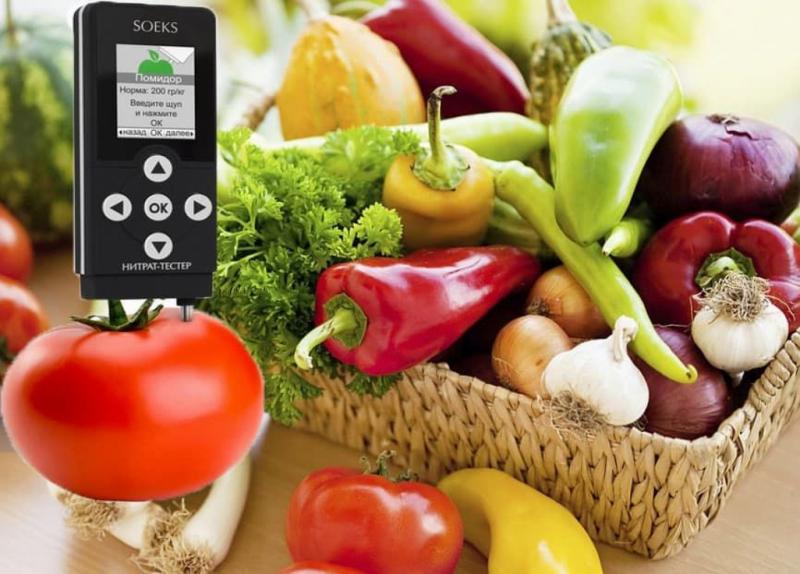
More than 40 years ago, the UN ranked the environmental threat from agriculture among the four most dangerous, including industry, transport and energy. According to experts, despite the enormous contribution of agriculture to food security, no less significant damage to nature and people is caused by chemical plant protection products. Used in large quantities, they, according to experts, are deposited in the soil and accumulate in plants in the form of nitrates. And getting into the food, cause serious changes in the human body.
What determines the safety of fruits and vegetables?
The level of nitrates, pesticides, mycotoxins and other substances in them. Nitrates are salts of nitric acid, which are widely used in agriculture in the form of fertilizers. Pesticides are used to control weeds, pests, plant diseases, and can also be used to extend the shelf life of products. Meanwhile, specialists of the Canadian Simon Fraser University argue that the harm of pesticides, which farmers still cannot give up, may be comparable to smoking cigarettes.
Dangerous Consequences
Consuming fruits and vegetables high in nitrates and pesticides can cause poisoning, said Elena Garman, chief specialist with the Nur-Sultan Sanitary and Epidemiological Control Department. It can be both acute and chronic. "The symptoms of poisoning come in many forms. These are nausea, vomiting, abdominal pain, diarrhea. As a consequence of long-term nitrate poisoning, headaches, lethargy, reduced performance, shortness of breath, arrhythmia, lethargy, "blueness" of the limbs is noted. Oxygen deprivation is often observed. And with chronic poisoning by nitrates and pesticides can develop cancer", - says the specialist.
Children under 18 months of age, pregnant and nursing women, the elderly, and people with gastrointestinal problems are most vulnerable to the nitrate threat.
As it turns out, vegetables and fruits are allowed to contain a certain amount of them. Reliable detection of nitrates and pesticide residues is possible only in laboratory conditions, says Garman.
How do we find the "enemy"?
Express tests can be used at home to determine nitrate levels. They contain test strips that change color with the juice of the product of interest depending on the concentration of nitrates. According to the scale provided, you can determine its safety. You can buy such tests in pharmacies. Also popular are electronic nitratometers, the stylus of which is enough to drop into the product, as the electronic display immediately shows the level of nitrates. But such devices are not always reliable because they often determine the total level of all salts, not just nitrates.
Safe levels
The maximum allowable levels of nitrates and pesticides are given in the Technical Regulations of the Customs Union on Food Safety. Thus, the permissible level of nitrates in potatoes is 250 mg/kg, in cucumbers and early carrots - 400, late carrots - 250, tomatoes - 150, 300, beets - 1400, onions - 80, early white cabbage (before September 1) - 900, late cabbage - 500, leafy greens (salads, parsley, celery, coriander, dill, etc.) - 2000. ) - 2000, in sweet peppers - 200, watermelons - 60, melons - 90 .
Control of products on markets
According to information of the Department of Sanitary and Epidemic Control, all imported plant products pass phytosanitary control for quarantine infections before they reach the shelves in markets and stores. In addition, the territorial offices of the Department, as part of the food safety monitoring, are constantly carrying out the purchase of fruits and vegetables for compliance with technical regulations and regulatory documents, including the determination of nitrates and pesticides, etc. In addition, there are departmental veterinary and sanitary laboratories at the markets of the capital, where the examination of incoming fruits and vegetables for nitrates is additionally carried out. If the content of nitrates exceeds the norm, the entire batch is removed and is not allowed for sale.
How to choose the "right" fruits and vegetables
First of all, you need to pay attention to the seasonality of their natural ripening and appearance. Too bright uniform color, perfect size or too large, thick and hard rind can indicate excessive nitrate content. Vegetables and fruits should be free of cracks, scratches, dents, and rotten areas. The point of sale must be fenced and well protected from sun and rain. Products can be stored on special pallets at least 20 cm high from the ground. Do not buy watermelons and melons along the roads: they quickly accumulate heavy metals (including lead) contained in car exhaust fumes. You should not make cuts in the fruit, especially watermelons. All the "dirt" from the surface of the watermelon, the knife and the seller's hands can end up inside the pulp, which is a good environment for the development of microorganisms. It will help considerably to reduce nitrates and pesticides content in early vegetables and fruits, if you cut off their skins and place at the stalk, in cabbage remove the top leaves and core, as well as soaking in clean water for 20-30 minutes (water should be changed periodically). Cooking the vegetables reduces the amount of nitrates by 80%, but the water must be drained. However, the most important thing is that the seller has a certificate for the products, which indicates their safety.






































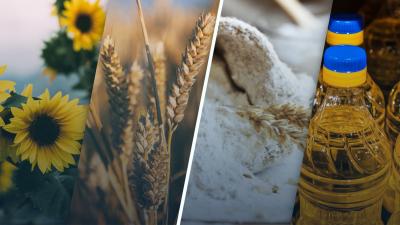

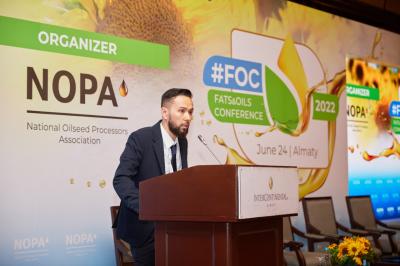
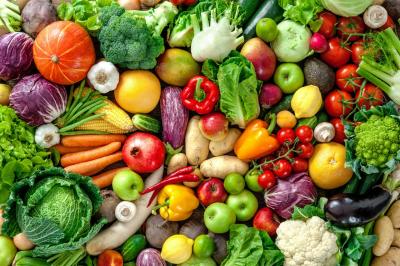
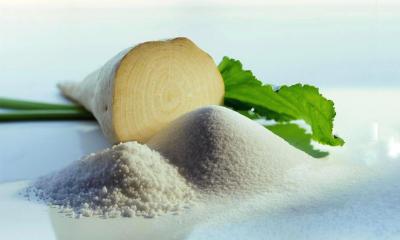

Обсуждение